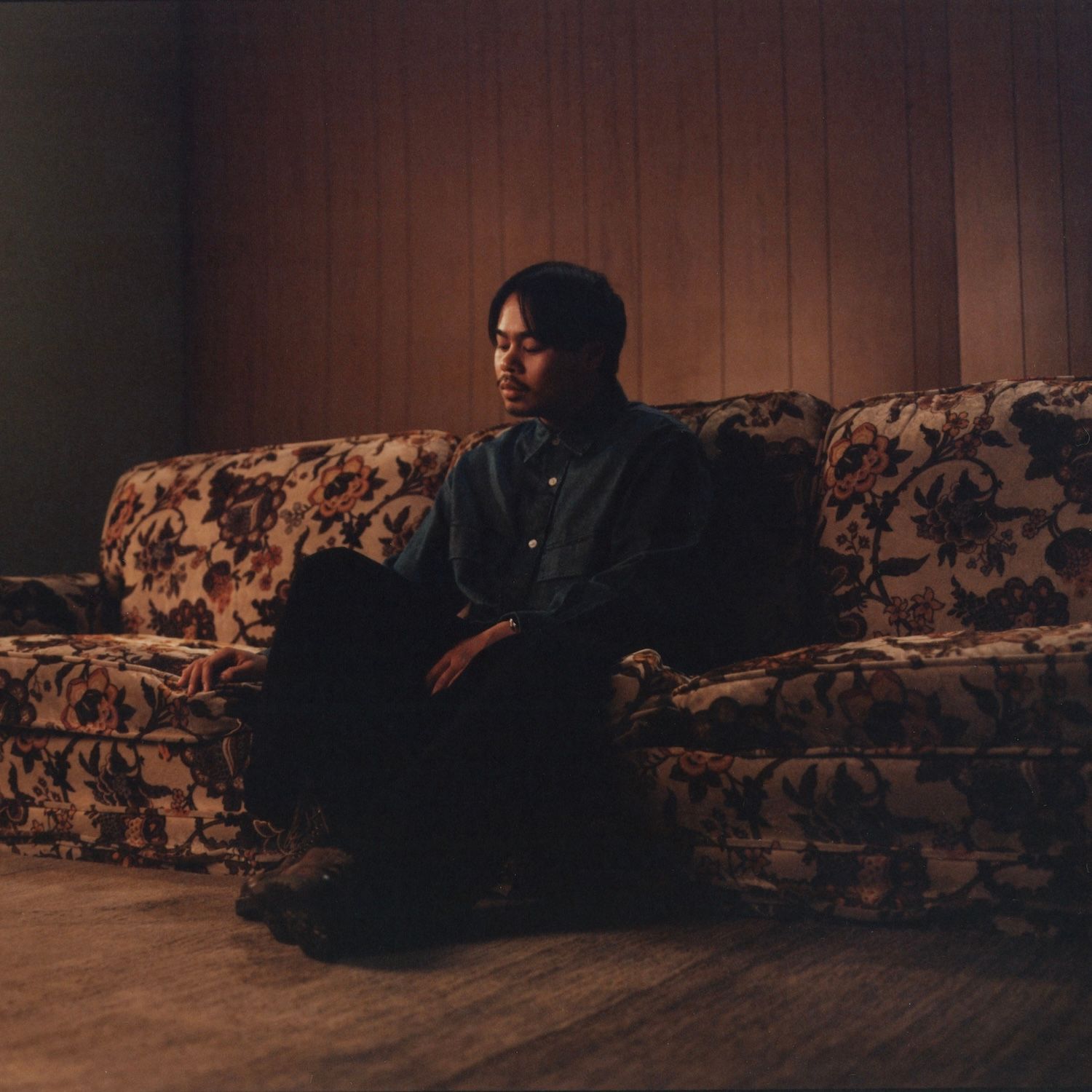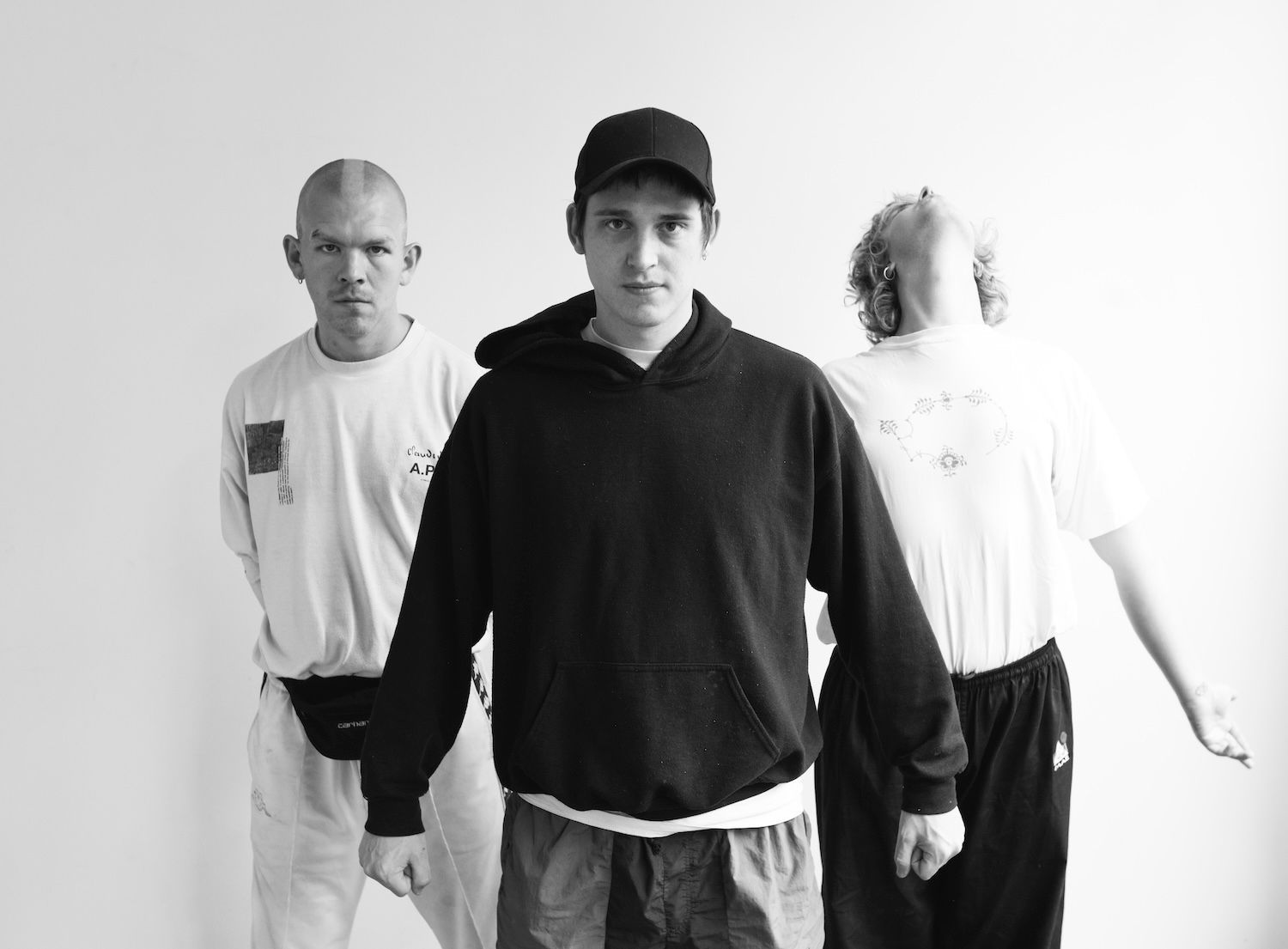Most dating advice assumes men and women want opposite things, but the numbers tell a different story. Both genders rank family values as their top priority at 57 percent, not looks or money. The real difference lies in how they pursue what they want. Women reject 89 percent of profiles they see, while men swipe right constantly and still get rejected 97 percent of the time.
The Numbers Game Nobody Wins
Men outnumber women two to one on most dating apps. On Tinder, 76 percent of users are male. This imbalance creates a marketplace where women become overwhelmed and men become desperate. Women match with 30.7 percent of their right swipes, while men match with only 2.63 percent. That means a woman who swipes right on ten profiles will match with three people. A man needs to swipe right on forty profiles to get one match.
This disparity shapes behavior in predictable ways. Men lower their standards and swipe right more often, which floods women with matches they can’t possibly evaluate properly. Women become more selective, which makes men even more desperate. The cycle feeds itself until nobody gets what they actually want.
When Traditional Dating Rules Collide With Personal Freedom
Most people assume dating apps enforce traditional relationship patterns, but users are quietly rewriting the rules. Some scroll past conventional matches to browse sugar baby profiles, others seek age-gap relationships that would raise eyebrows at family dinners, and many pursue connections that don’t fit neat categories. The data confirms this rebellion against norms—39 percent of dating app users want something between serious and casual, refusing to pick a side.
Personal autonomy matters more than social approval on these platforms. Users aged 18 to 29 spend up to 90 minutes daily swiping through options their parents might never understand. They’re choosing partners based on shared values (57 percent) over income levels (12 percent), yet they’re also open to arrangements previous generations kept hidden. This freedom to choose without judgment explains why 65 percent of young adults have tried online dating despite knowing the risks.
What Actually Matters in Profiles
Forget what dating coaches tell you about perfect photos. Users care more about values than visuals, though they won’t admit it. Political beliefs matter to 33 percent of users, religion to 31 percent, and hobbies to 30 percent. Income ranks dead last at 12 percent. Yet men still struggle to find women who share their interests (41 percent report difficulty) while women can’t find men they find attractive (36 percent report this problem).
The contradiction reveals itself in messaging patterns. Women receive so many messages that 54 percent feel overwhelmed, while 64 percent of men feel insecure from a lack of responses. Men who do get matches often ruin them by sending sexual messages immediately. Fifty-six percent of women under 50 have received unwanted explicit photos. Eleven percent have received threats of physical harm.
Age Changes Everything
Young users treat dating apps like games. They spend 35 to 90 minutes daily on Tinder, swiping through hundreds of profiles without meeting anyone. Older users take a different approach. They use Match and eHarmony instead of Tinder, spend less time swiping, and focus on serious relationships.
The platforms themselves recognize these differences. Hinge limits daily swipes to force users to be selective, resulting in only 28 minutes of daily use. Bumble requires women to message first, attracting users who want relationships rather than hookups. Only 4 percent of Bumble users seek casual sex compared to the hookup culture on other apps.
Money Talks, But Nobody Listens
Men pay for dating apps at higher rates than women (41 percent versus 29 percent) but this investment doesn’t improve their outcomes. Premium features promise better visibility and unlimited swipes, yet match rates stay low for paying male users. The apps profit from male frustration, while women use free versions successfully.
This economic imbalance extends to dating itself. Despite claims that money doesn’t matter, platform algorithms often prioritize profiles with markers of wealth like travel photos and career achievements. Users say they don’t care about income but swipe left on profiles without these status symbols.
Safety Concerns Shape Female Behavior
Women approach dating apps like minefields because bad experiences are common. Forty-three percent have dealt with men who won’t accept rejection. Thirty-seven percent have been called offensive names. These experiences make women more selective, not because they have impossible standards but because they’ve learned to spot red flags early.
Men rarely consider these safety issues. They complain about low match rates without recognizing that women’s selectivity comes from self-preservation. A woman who matches with every interesting profile might face dozens of aggressive messages daily. Limiting matches becomes a survival strategy.
The Relationship Paradox
Everyone claims they want serious relationships, but behavior suggests otherwise. Forty-six percent of women seek only serious relationships compared to 36 percent of men. Yet both genders engage in behaviors that prevent relationship formation. Men swipe right too often to evaluate compatibility. Women reject potentially compatible matches based on minor flaws in profiles.
Success happens despite these contradictions. Forty-two percent of users end up in committed relationships with someone they met through apps. Among users aged 30 to 49, that number rises to 47 percent. The apps work, but not the way anyone expects them to work.
The gender divide on dating apps reflects larger social patterns but also creates new problems. As artificial intelligence and video features become standard, these platforms will continue reshaping how people form relationships. The question isn’t what men and women want anymore. It’s how to get it when the system works against both.




